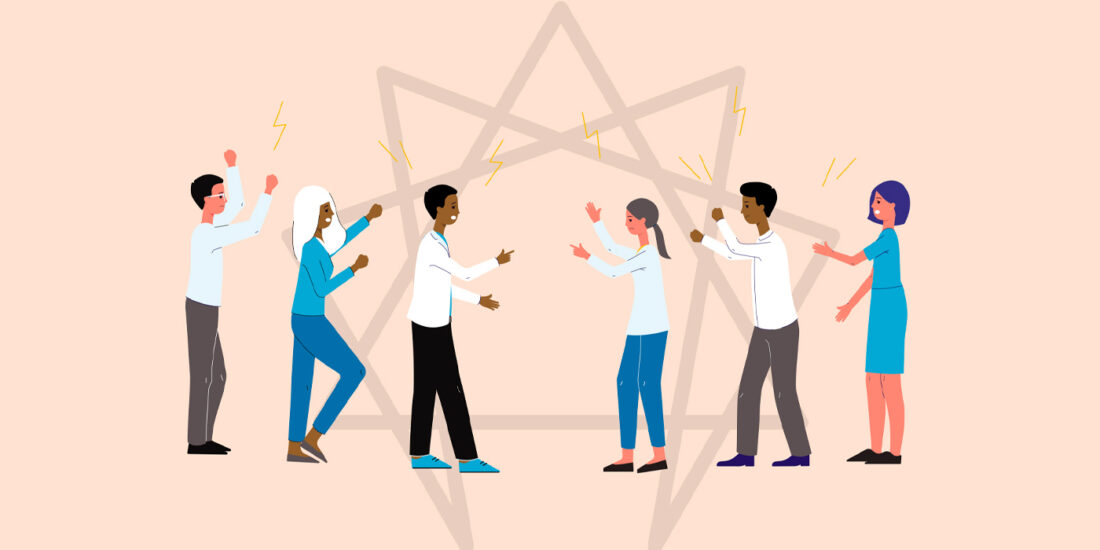Myths and Realities: Polar opposites?
Pursuing the year-long theme of Myths and Realities, The Practitioner adds to the conversation with some of the latest thinking on the teenage brain, negative emotions, positive and negative space, and, finally, reframing some of the myths and realities around family enterprise longevity.
The Brain: Conventional wisdom — especially from parents of teenagers — suggests that the teenage brain and the adult brain may be polar opposites. And in this case, conventional wisdom may be at least partially right! Go here for a fascinating interview with Frances Jensen, MD, on her new book The Teenage Brain: A Neuroscientist’s Survival Guide to Raising Adolescents and Young Adults. Some insights that every “next gen” member or advisor might want to be aware of.
Negative Emotions: How we hate them. How we think they are destructive, time-consuming, damaging to the psyche. But… not so fast. In The Power of Negative Emotion: How Anger, Guilt, and Self Doubt are Essential to Success and Fulfillment, psychologists Dr. Todd Kashdan and Dr. Robert Biswas-Diener explain why positivity and mindfulness can only take us so far. “To live life to the fullest, we need to cultivate ‘emotional agility’ – the ability to access our full range of emotions (not just the ‘good’ ones). Find out why anger fuels creativity and guilt sparks improvement.” Polar opposites? Probably not.
Read the Daily Mail review – Join the Grouchy Club – or Oneworld Publications for more takes on the theories behind these concepts.
Positive and Negative: In keeping with the London conference keynote speaker Beau Lotto’s talk on “Seeing Differently,” The Practitioner recommends that you practice by looking at these 25 fascinating examples of positive and negative space. Polar visual opposites if you will.
Family Enterprise Longevity Myths and Realities: Probably the most pervasive myth/reality in the family enterprise field is that relatively few family-owned companies make it to the third generation. If you haven’t read them, don’t miss these three important articles that put this statistic into some perspective and reframe the questions on longevity. Theories that, in the end, may or may not be polar opposites.
- From Longevity of Firms to Transgenerational Entrepreneurship of Families: Introducing Family Entrepreneurial Orientation by Robert Nason, Mattias Nordqvist and Thomas Zellweger
- Family Advantage: Why all the doom and gloom by Lloyd Steier
- Evolution in Thinking About Generational Transition in Family Enterprise by Pramodita Sharma
Yours in Practice,
The Practitioner




